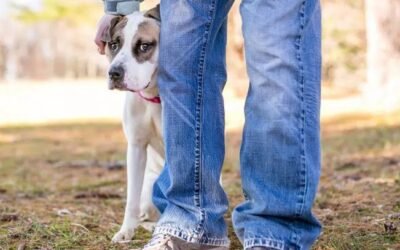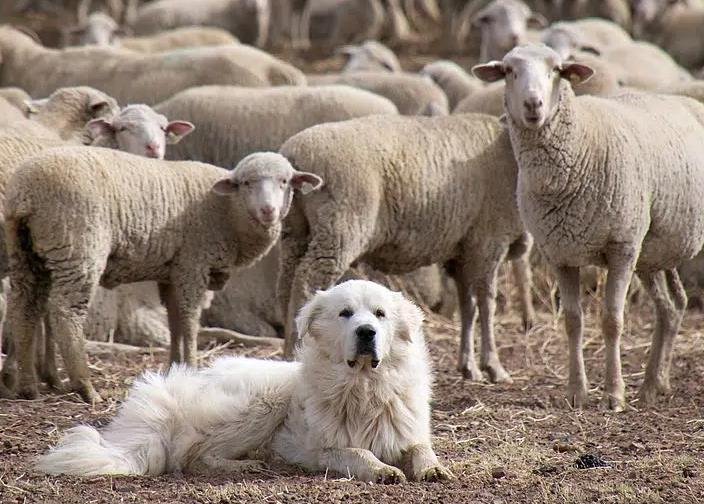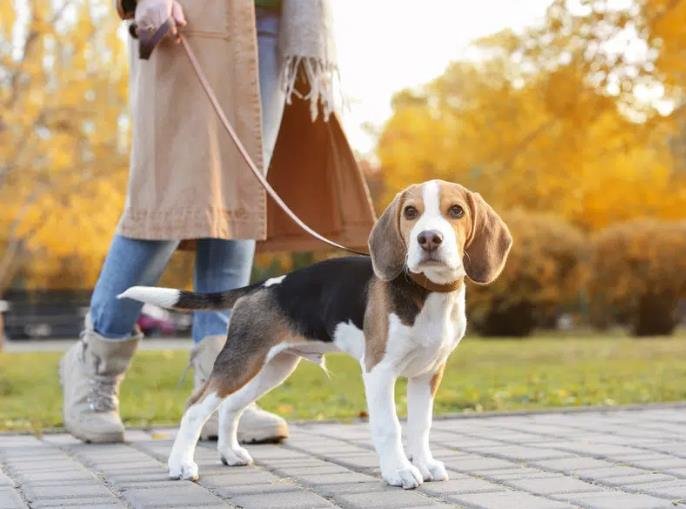First, I should consider different contexts where a dog might lick its lips. Maybe when they’re expecting food? That seems obvious, but I think there’s more to it. I’ve heard that dogs also use lip licking as a calming signal. Calming signals are behaviors they use to calm themselves or others in stressful situations. So, if a dog is feeling anxious or stressed, it might lick its lips to show that it’s not a threat.
Wait, but how is that different from when they’re just anticipating a treat? I guess the context matters. If the dog is in a stressful environment, like at the vet or around a stranger, lip licking could indicate stress. But if the owner is holding a treat, then it’s probably about anticipation. So the same behavior can have different meanings based on the situation.
Also, I should think about other body language that accompanies lip licking. If the dog is licking its lips while also yawning, avoiding eye contact, or showing a tense body, that would reinforce the idea that it’s stressed. On the other hand, if the dog is focused on food, maybe its tail is wagging, and it’s more alert or excited.
Another possibility is submission. Maybe a dog licks its lips when interacting with a more dominant dog or person. This could be a way to show deference and avoid conflict. So, in a social hierarchy context, lip licking might be part of submissive behavior.

I should also consider medical reasons. Excessive lip licking could be due to nausea or gastrointestinal issues. If a dog is feeling sick, they might lick their lips more often. So it’s important to rule out health problems before assuming it’s behavioral.
What about after eating? Dogs might lick their lips to clean them, which is just a normal behavior. But that’s probably more about grooming than communication.
So to sum up, lip licking can mean:
1. Anticipation of food.
2. Stress or anxiety.
3. Submission or appeasement.
4. Medical issues like nausea.
But how do you tell the difference? The surrounding context and other body language signals are key. If the dog is in a stressful situation, look for other signs like pinned ears, tucked tail, or avoidance. If it’s around food, maybe the body is more forward, ears perked up, focused on the food source.
I should also mention that sometimes lip licking can be a response to a direct threat. For example, if someone is leaning over the dog or staring, the dog might lick its lips to signal discomfort and ask for space.
It’s important for dog owners and people interacting with dogs to recognize these signs to understand the dog’s emotional state and prevent possible aggression. If a dog is stressed, continuing to approach or interact might escalate the situation, so giving the dog space is better.
Also, training and desensitization can help if a dog is frequently stressed in certain situations. But if lip licking is excessive without an obvious cause, a vet check is necessary to rule out health issues.
I need to make sure I cover all these points in a clear and organized way. Maybe start by explaining that lip licking is a form of communication, then go into the different possible meanings with context examples. Emphasize the importance of observing other body language and the situation. Conclude with advice on how to respond when a dog licks its lips.

Dog Body Language: Lip Licking – A Comprehensive Guide
Lip licking in dogs is a nuanced form of communication, conveying various emotions and intentions depending on context. Here’s an organized breakdown of its potential meanings and how to interpret them:
1. Anticipation of Food
Context: When a dog sees, smells, or expects food.
Accompanying Signs: Alert posture, focused gaze, wagging tail, or excited whining.
Action: Normal behavior; no intervention needed unless it leads to begging.
2. Stress or Anxiety
Context: In unfamiliar environments, during vet visits, or when exposed to loud noises.
Accompanying Signs: Yawning, pinned ears, tucked tail, avoiding eye contact, or trembling.
Action: Remove stressors if possible, provide a safe space, and avoid forcing interaction.
3. Submission/Appeasement
Context: Interaction with a dominant dog/person or in conflict-avoidance situations.
Accompanying Signs: Lowered body, averted gaze, or rolling onto the back.
Action: Avoid intimidating postures (e.g., direct eye contact), and allow the dog to approach at its pace.
4. Medical Issues
Context: Persistent lip licking without obvious triggers.
Accompanying Signs: Drooling, vomiting, or changes in appetite.
Action: Consult a veterinarian to rule out nausea, dental problems, or gastrointestinal issues.
5. Response to a Threat
Context: When feeling cornered or confronted (e.g., someone leaning over them).
Accompanying Signs: Whale eye (showing whites of eyes), growling, or stiff posture.
Action: Give the dog space to prevent escalation; do not punish fearful behavior.
Key Considerations
Context is Crucial: Always assess the situation (e.g., presence of food vs. a stressful environment).
Body Language Clusters: Look for multiple signals (e.g., lip licking + tucked tail = stress) to accurately interpret emotions.
Proactive Response: Address stressors, ensure health, and use positive reinforcement to build confidence in anxious dogs.
Conclusion
Lip licking is a versatile signal in canine communication. By observing context and accompanying behaviors, owners can better understand their dog’s needs, ensuring timely and appropriate responses to enhance well-being and prevent conflict.







